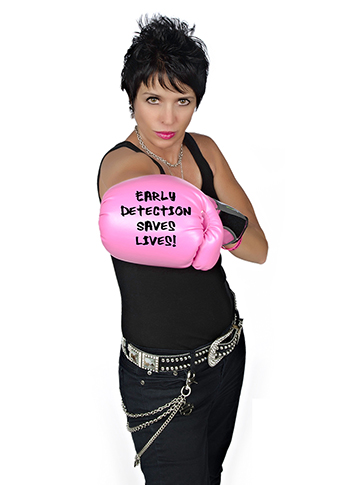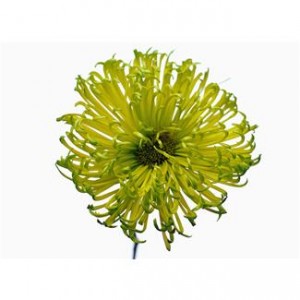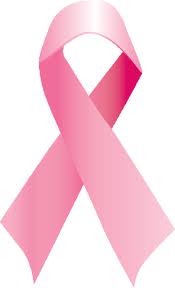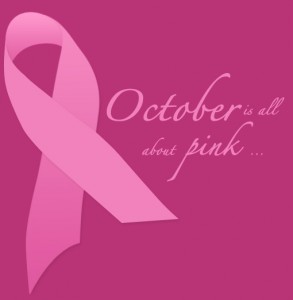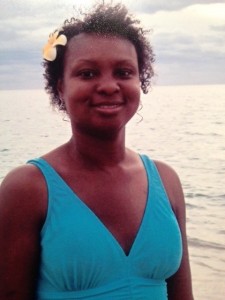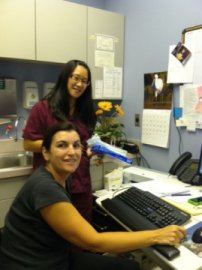Our team at The Center for Natural Breast Reconstruction welcomes Cherie Mathews, founder of healincomfort, as the featured guest for In Her Words this week. Here is her story:
At the age of 40, Cherie Mathews received the same diagnosis from her doctor that one-in-eight women across America will face – “You have breast cancer”.
Through the shock and horror Cherie made the difficult decision to have a double mastectomy. She faced her enemy in this battle with the same fortitude and resilience as the millions of other brave women warriors that came before and since, after. It wasn’t until the pre-op consultation before her mastectomy that Cherie got angry. When she was told the same thing that nurses still tell their charges today… to just bring something big and loose or one of their husband’s old dress shirts to wear home and to recover in.
“I can tell you first hand that when a woman loses her breasts in her battle against breast cancer she does not ‘feel’ ok wearing her husband’s dress shirt. Mentally, it’s cruel. Cancer is hard enough! If a sprained elbow gets a sling to heal in, why isn’t there helpful equipment to heal in after a mastectomy?”
Something had to change. A new “standard” in medical equipment for women recovering from breast cancer surgery needed to be created. Cherie Mathews would go on to launch and to provide the very healincomfort post-op recovery kits that she herself was denied. Now, women across the globe benefit from Cherie’s vision and ambition to make certain that no woman would suffer this complication. In this decade, thousands of breast cancer survivors have been spared this unnecessary discomfort. Today, thanks to Cherie, all women have the ability to “healincomfort.”
All healincomfort Kits Include: 
- Patented healincomfort Shirt – Super soft moisture management material, self-adhering fasteners (like Velcro®), Four Internal Pockets for Drain Management
- Advanced Design Hands Free Lanyard Straps – Hands free Independence for Showers and Maneuverability
- Private Medical Drain Pouch – Manages Drains while wearing Regular Clothing
- Inspirational Story “My Shadow Story” – Your personal copy to help prepare for the ‘First Look’ after your breast cancer surgery.
For more information, visit healincomfort.com for more information.
You can also follow Cherie Mathews on Facebook.
